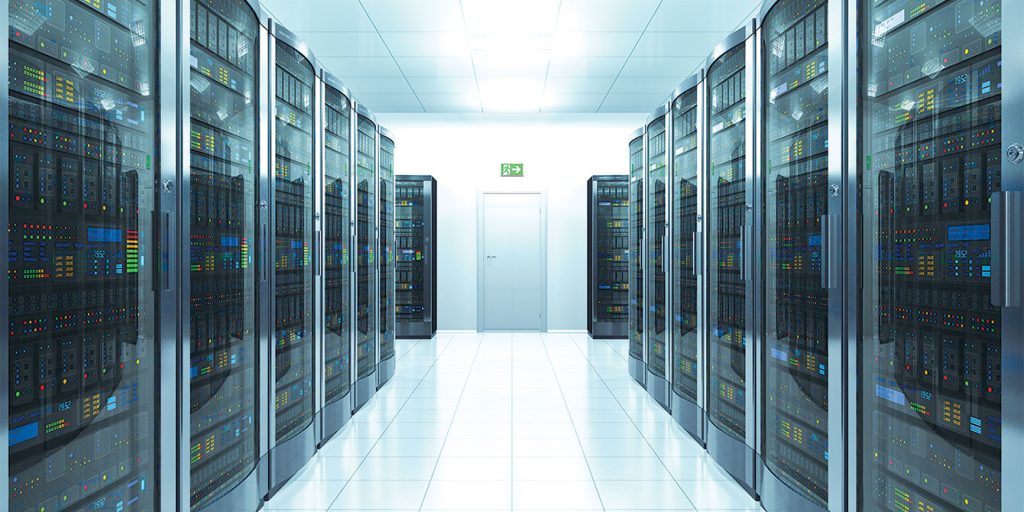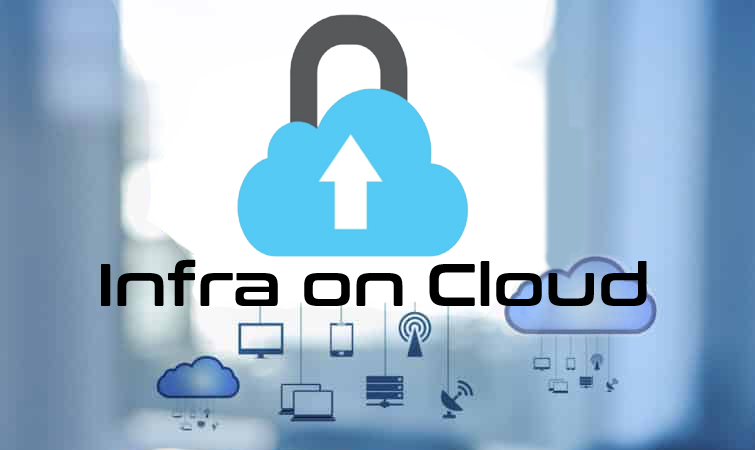
The Uptime Institute categorizes data centers into four basic certification groups – Tier I, II, III and IV. The Tier Classification System refers to an efficient way to describe the infrastructure components being utilized by their availability, or uptime of a data center. A number of factors determine what tier a data center falls under, including: power, cooling and standards of data center systems. Each higher Tier delivers more uptime, data center performance and requires more investment. Each tier is progressive, with Tier I being the simplest and Tier IV with the most complex and has the most redundant components.
Tier I – A Tier I data center features an availability of 99.671% uptime and has no built-in redundancy with 28.8 hours of downtime per year and has only single cooling system and a single power path.
Tier II – A Tier II data center features an availability of 99.749% uptime with Partial redundancy in power and cooling and a slight improvement over Tier I data center with 22 hours of downtime per year and has only single cooling system and a single power path.
Tier III – Tier III data center are often referred to as three 9s as it features an availability of 99.982% uptime with only 1.6 hours of downtime per year with Multiple Cooling system and power paths.
A Tier III data center has a N+1 redundancy, the term N+1 redundancy refers that the facility has the capacity to run a full IT load with an additional component to account for failure or maintenance.
Tier IV – A Tier IV certification is currently the highest classification among the data center facilities. Tier IV data center are often referred to as four 9s as it features an availability of 99.995% uptime and has only 0.8 hours downtime per year with two independent utility paths.
Tier IV facilities hardly experience downtime and when they do it is only for a fraction of a second while fail-overs switch to alternative systems. A Tier IV data center typically features a 2N+1 redundancy which means the data center has two times of what is required to operate and also has a backup.

Importance of TIER IV Datacenter for your business
Of the many advantages provided by a Tier 4 Data Center, a significant feature is the Fault-tolerant functionality which ensures that the site infrastructure is not subject to unplanned failures that would otherwise adversely affect the critical load. As it is fault tolerant, the computer equipment of a Tier 4 Data Center will not be affected if there is a single failure of any component. The system will automatically respond to prevent further disaster on site.
The Tier 4 Data Center also has multiple distribution paths ensuring network uptime and also dual powered providing further backup in case of power outages thus keeping the Uptime at 99.99%. This is of vital importance to businesses with high availability requirements and critical operations. Industries which deal in critical applications/software’s, market transactions, E-Commerce, financial settlements, are most benefit from a Tier 4 data center. The Tier 4 Data Center has come to be known as reliable and robust and represents the highest level of standards for security and scalability which makes it the ideal choice for corporation’s dependent on Cloud Solutions for their IT Infrastructure.
ServersandColo provides highly responsive and reliable Infrastructure solutions for your mission critical hosting needs from TIER IV data centers. Our excellent redundant hosting solutions utilize a multi-homed setup of upstream providers whether you require domestic or international traffic.
![]()

